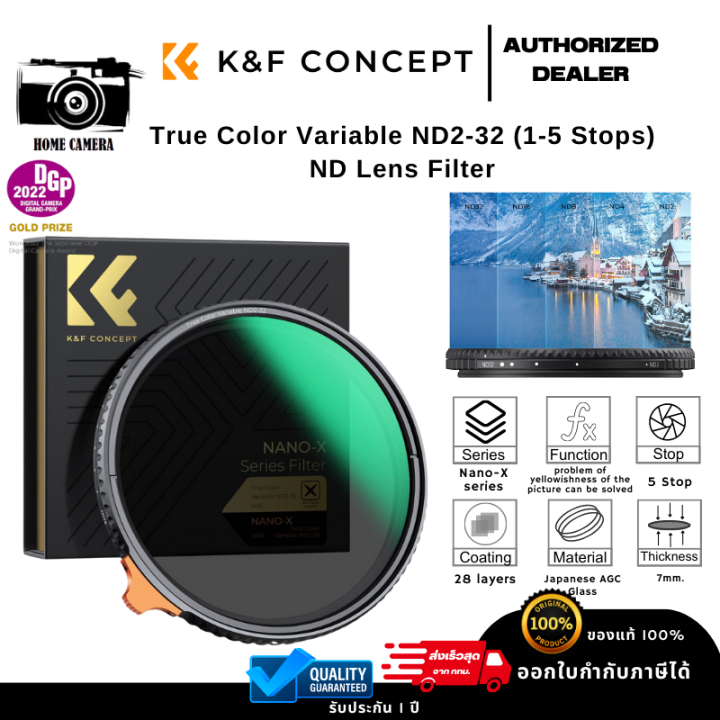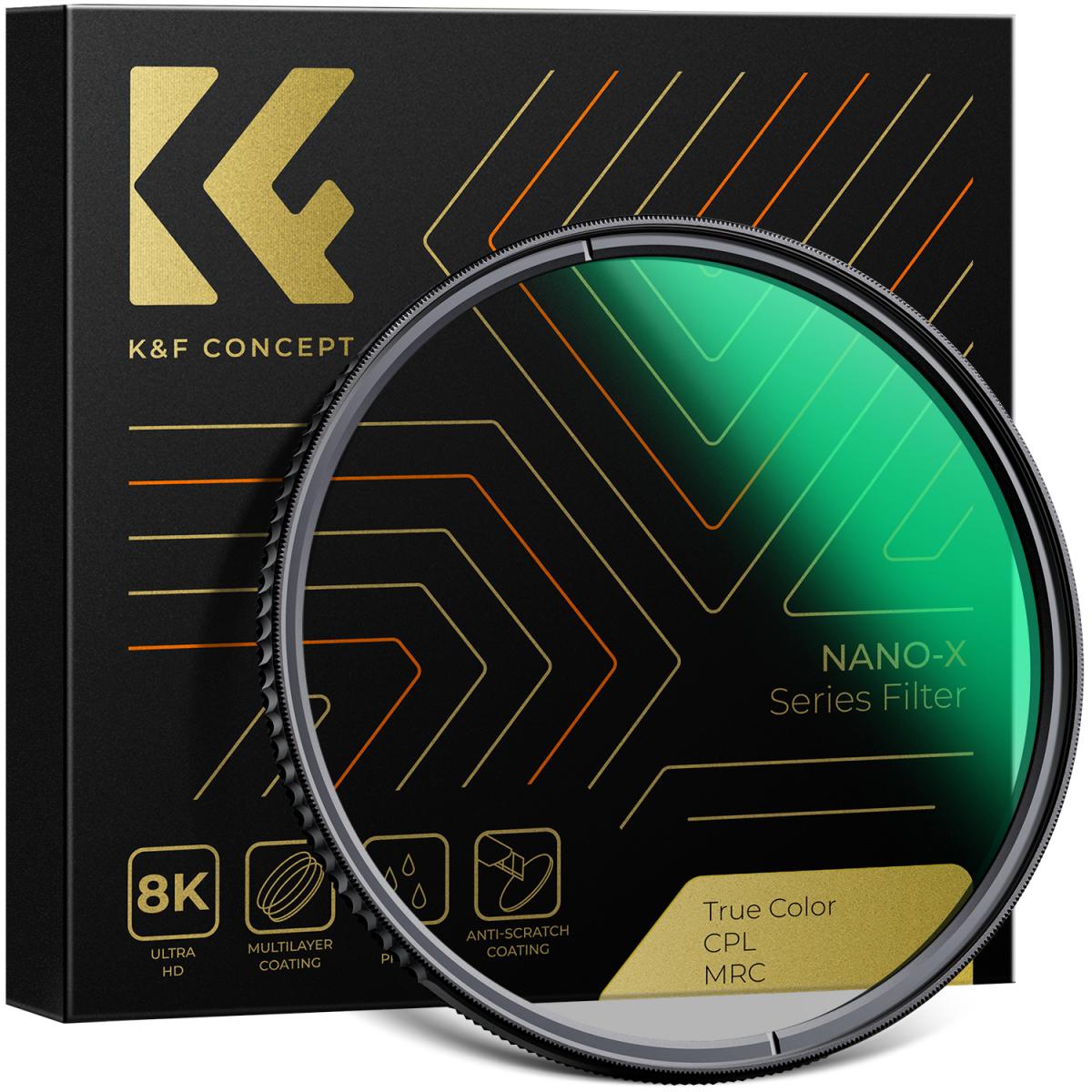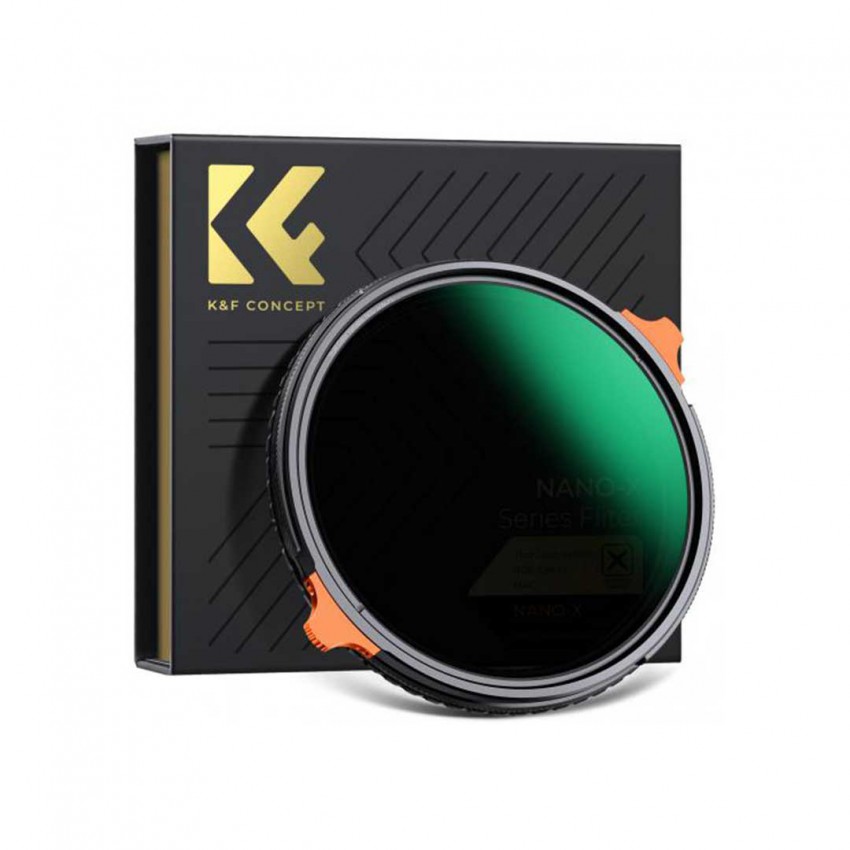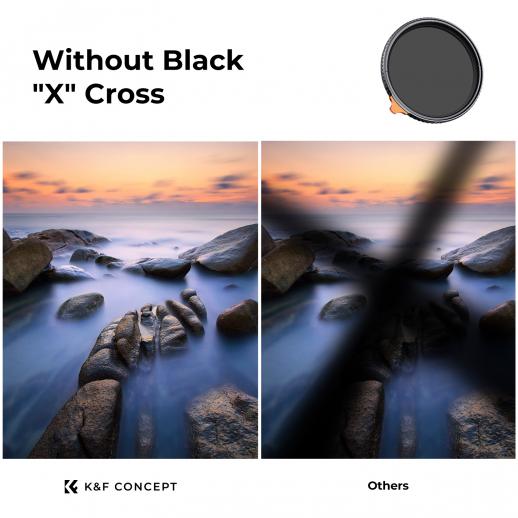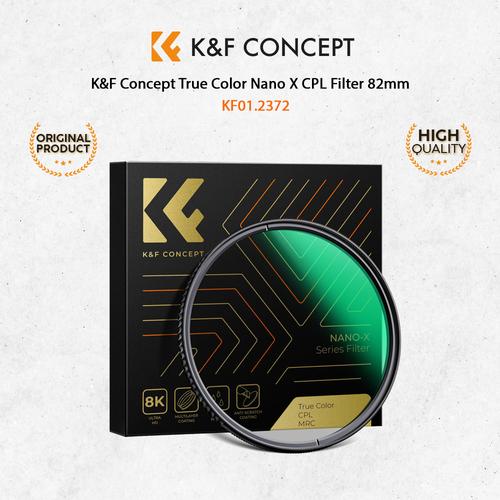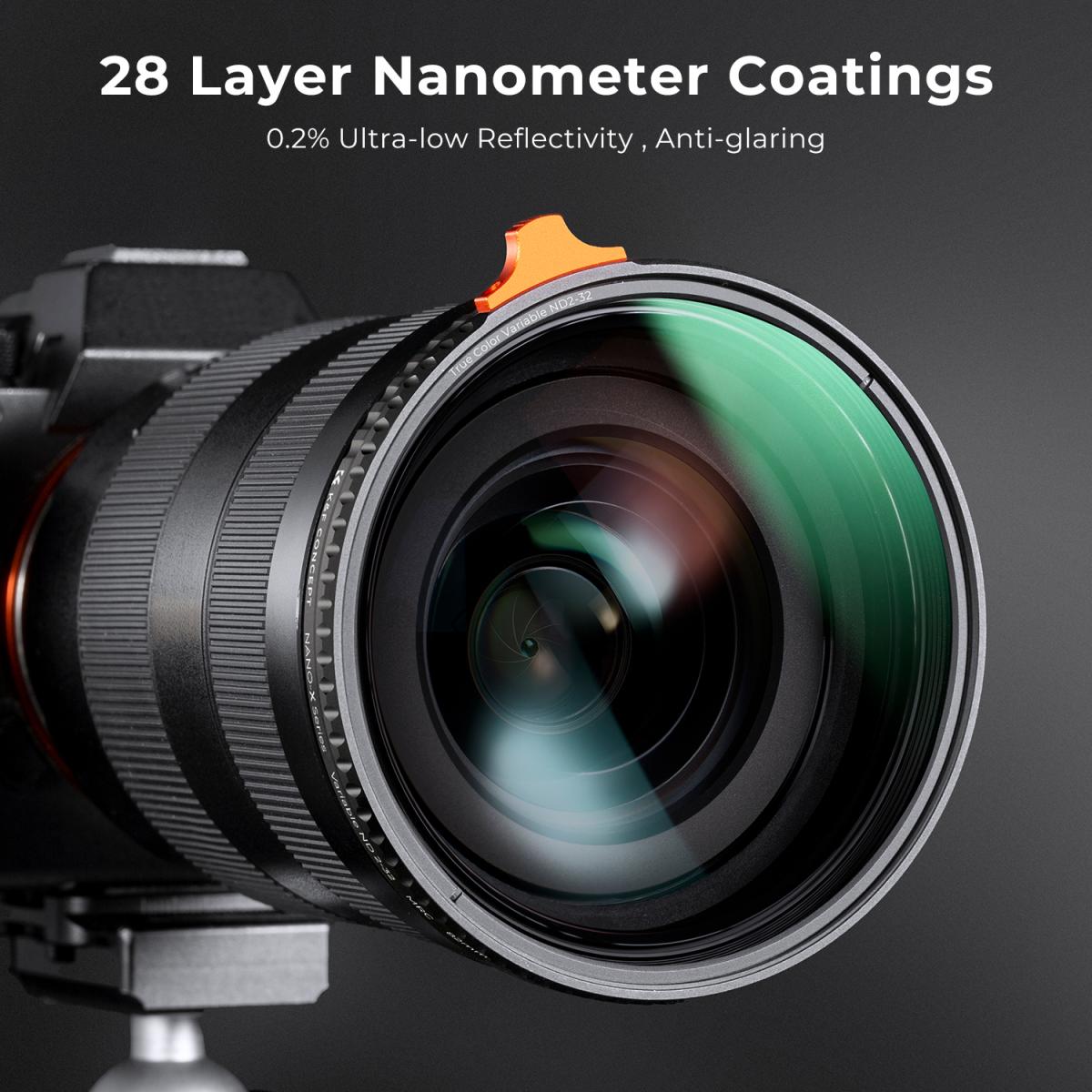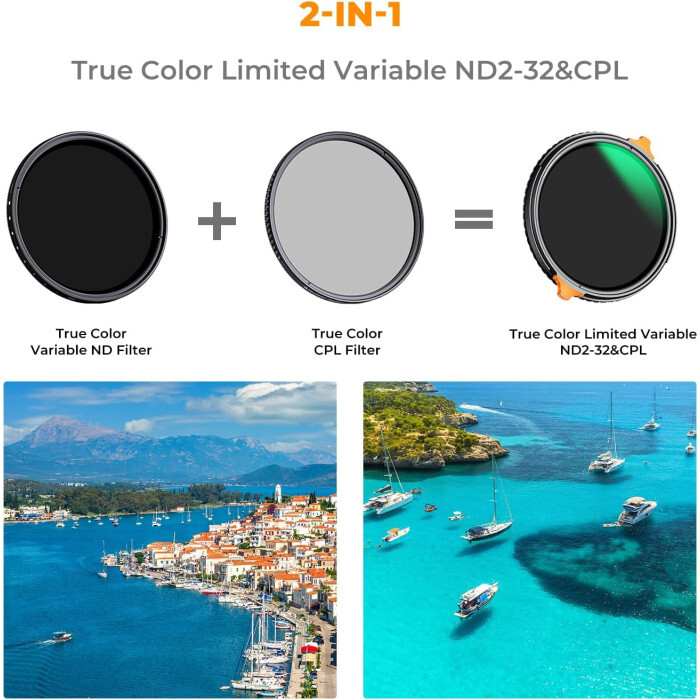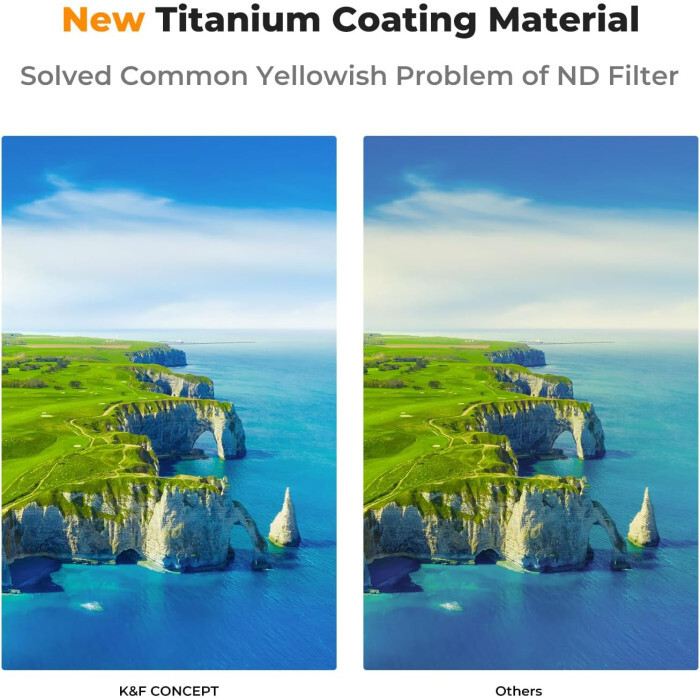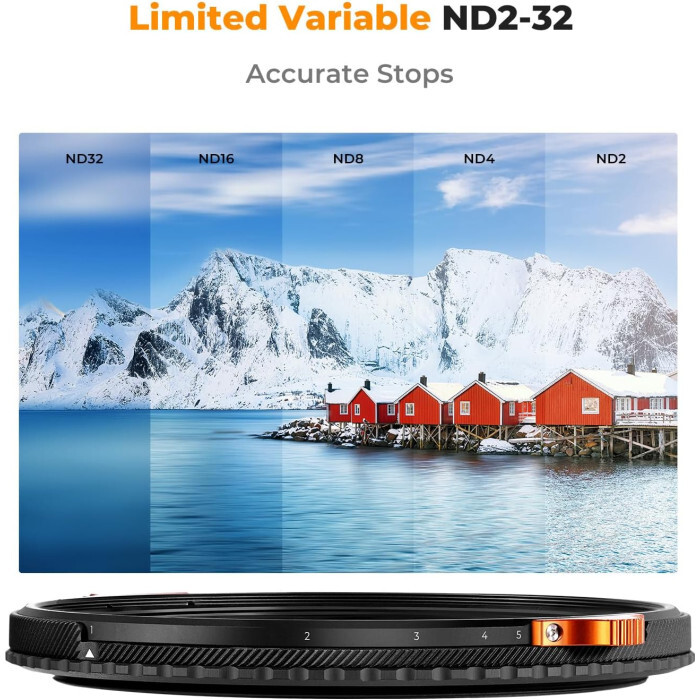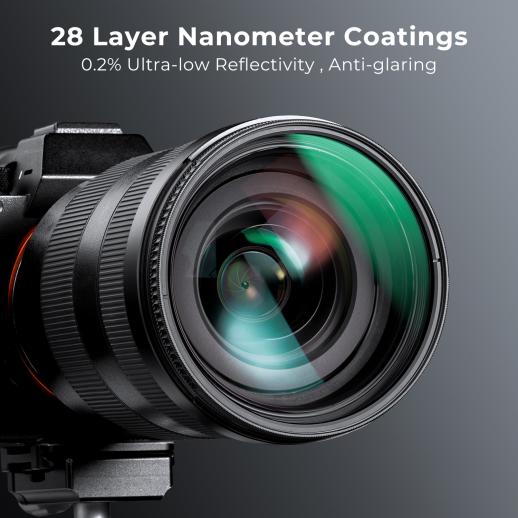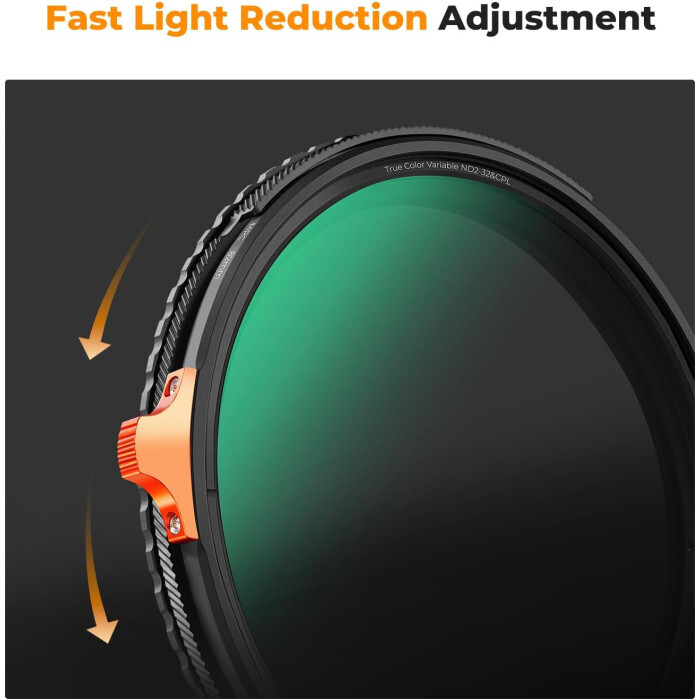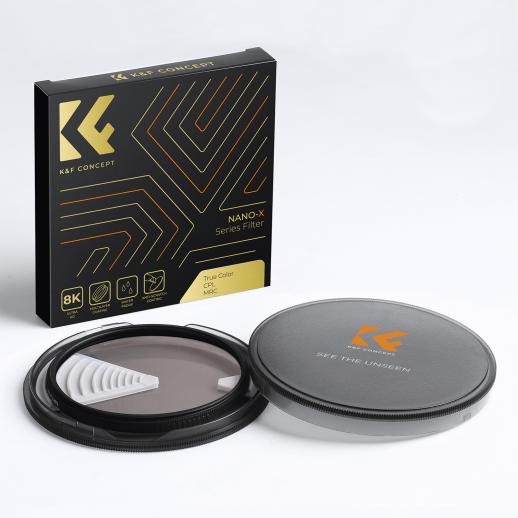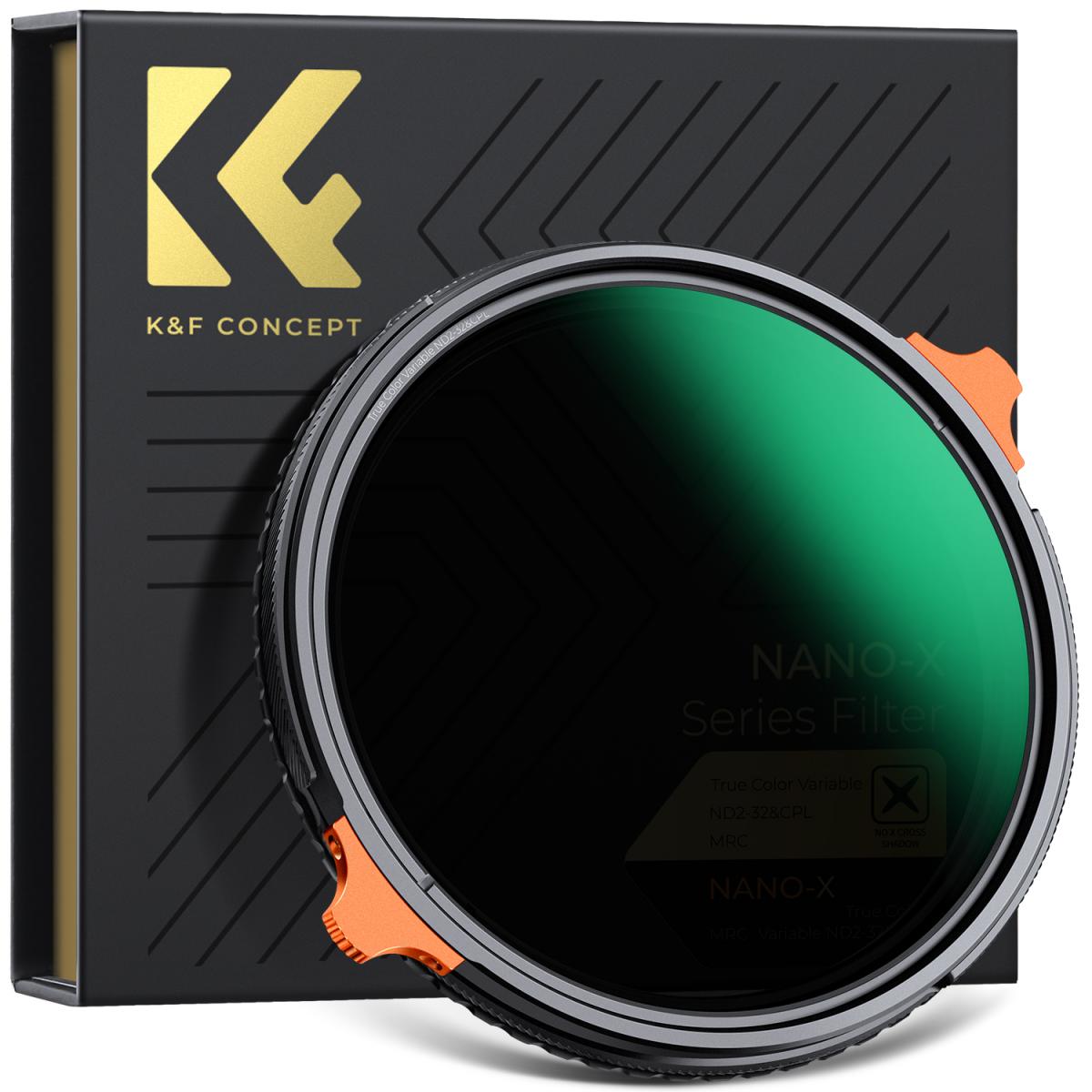True Color Nano X Vs Nano X
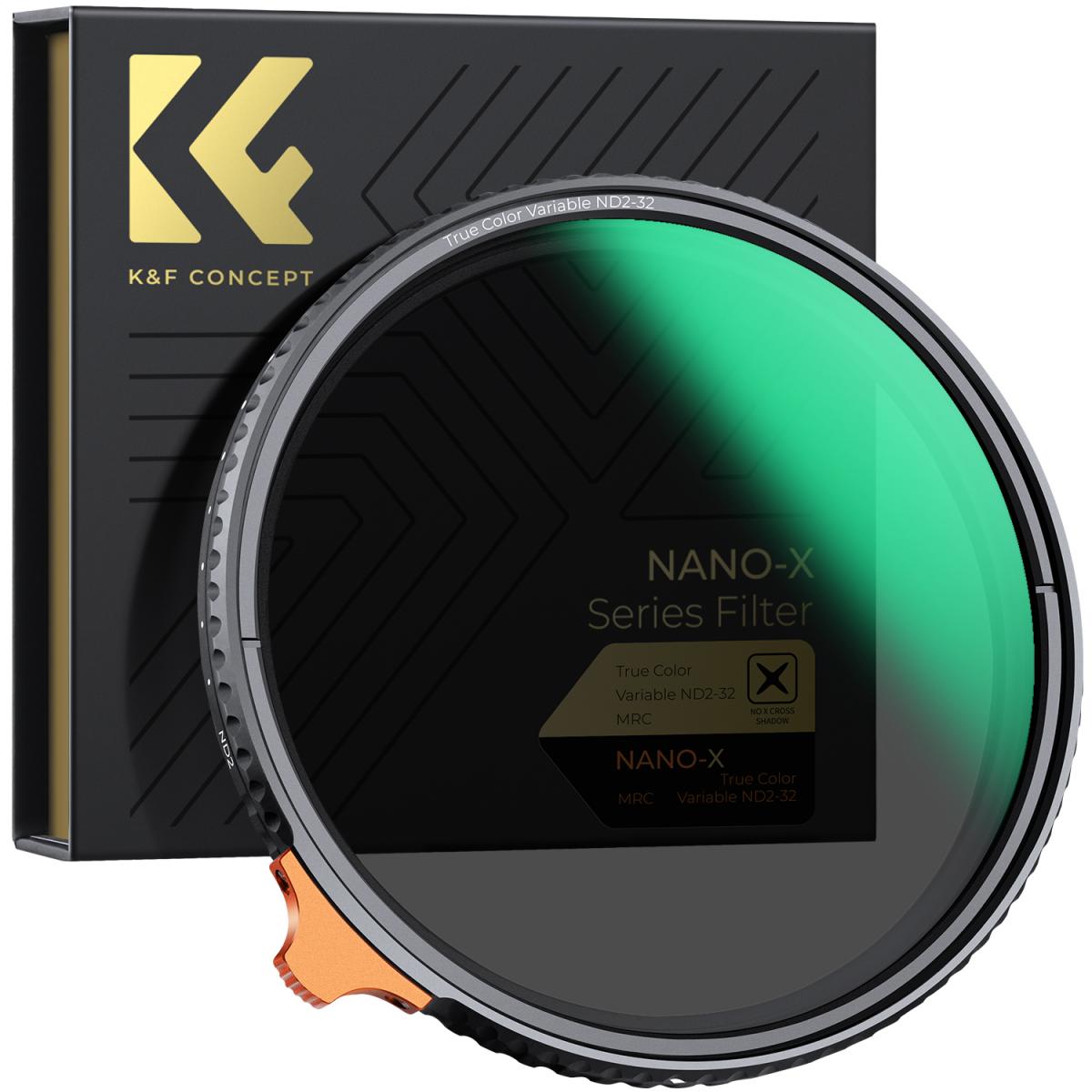
The professional printing industry is currently abuzz with comparisons between two leading color measurement instruments: the X-Rite True Color Nano X and the X-Rite Nano X. Both spectrophotometers are designed for high-precision color matching and quality control, but key differences in technology and application are sparking debate among professionals.
Understanding these distinctions is crucial for print houses, packaging manufacturers, and other businesses reliant on accurate color reproduction. This article will provide a detailed comparison of the two devices, highlighting their strengths, weaknesses, and ideal use cases. It will examine their technical specifications, performance data, and potential impact on the industry.
What Are the X-Rite True Color Nano X and Nano X?
The X-Rite Nano X is a compact, handheld spectrophotometer used to measure color on a variety of surfaces. It provides consistent and reliable color data for quality control and color matching in the print, packaging, and textile industries.
The X-Rite True Color Nano X, on the other hand, builds upon the capabilities of the Nano X with advanced features designed to improve accuracy and workflow efficiency. It incorporates enhanced optics and processing power.
Key Differences and Features
The most significant difference lies in their core technology. The True Color Nano X boasts what X-Rite describes as "true spectral" measurement. This translates to a more accurate representation of the color across the entire visible spectrum, particularly in challenging color spaces.
One crucial distinction is in the sphere size. The True Color Nano X uses a larger integrating sphere than the standard Nano X. This feature leads to improved inter-instrument agreement, meaning the measurements will be more consistent across multiple devices, a critical factor for businesses with distributed operations.
Another difference is the True Color Nano X uses improved illumination. X-Rite claims this reduces the impact of optical brighteners and metamerism.
Beyond measurement accuracy, the True Color Nano X offers advanced connectivity options. It supports seamless integration with cloud-based color management systems, enabling real-time data sharing and collaborative workflows.
Furthermore, the True Color Nano X often comes bundled with enhanced software packages, offering more sophisticated analysis and reporting capabilities. These tools empower users to identify color deviations, track performance metrics, and optimize their color workflows.
Performance and Accuracy
Independent testing and industry reports suggest that the True Color Nano X delivers marginally better accuracy, particularly in measuring saturated colors and fluorescent materials. These improvements are beneficial for industries where color fidelity is paramount.
However, the standard Nano X still provides highly accurate measurements for most applications. The difference in accuracy may not be noticeable for businesses working with standard color palettes and materials.
The choice between the two often boils down to the specific demands of the application and the acceptable tolerance for color variation.True Color Nano X to be a worthwhile investment. Other operations may be content with the performance of the standard Nano X.
Impact on the Industry
The introduction of the True Color Nano X reflects the industry's increasing demand for precision and consistency. As brand owners become more demanding about color accuracy across all touchpoints, tools like these become essential.
The advanced connectivity features also point towards a growing trend of cloud-based color management. The ability to share color data in real-time across different locations and departments is transforming the way businesses manage their color workflows.
Ultimately, the availability of options like the Nano X and True Color Nano X is beneficial for the industry. It allows businesses to choose the tool that best fits their specific needs and budget, while also driving innovation in color measurement technology.
Cost Considerations
The True Color Nano X typically comes with a higher price tag than the standard Nano X, reflecting its advanced technology and enhanced features. This price difference is a crucial factor for businesses to consider when making their purchase decision.
Businesses should weigh the cost of the instrument against the potential benefits in terms of improved accuracy, efficiency, and reduced waste. A thorough cost-benefit analysis can help determine which device offers the best value for their specific needs.
Conclusion
The X-Rite True Color Nano X represents a step forward in color measurement technology. Its enhanced accuracy and connectivity features make it a valuable tool for businesses seeking the highest levels of color fidelity.
However, the standard Nano X remains a viable option for many applications. Its performance is still excellent, and its lower price point makes it accessible to a broader range of businesses.
The optimal choice between the two ultimately depends on the specific requirements of the user. Careful consideration of factors such as accuracy needs, budget constraints, and workflow requirements is essential to making an informed decision.
By understanding the key differences between the Nano X and the True Color Nano X, industry professionals can choose the tool that best empowers them to achieve their color management goals.

